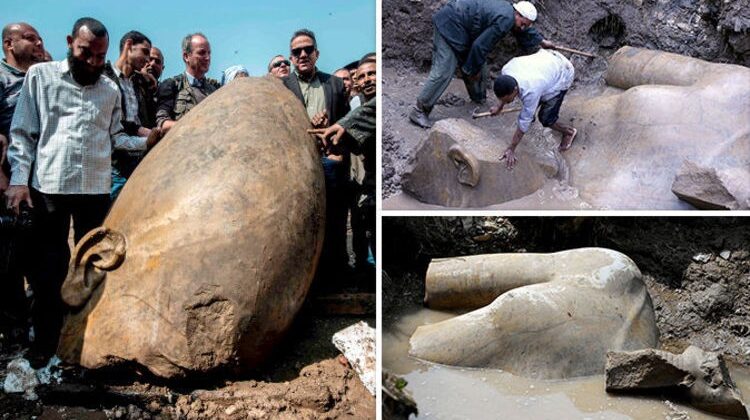
In a groundbreaking archaeological find, a monumental eight-meter statue believed to depict Pharaoh Ramses II has been unearthed in the bustling Cairo slums. This extraordinary discovery sheds new light on the enigmatic reign of one of ancient Egypt’s most celebrated rulers and offers a glimpse into the grandeur of his temple complex.
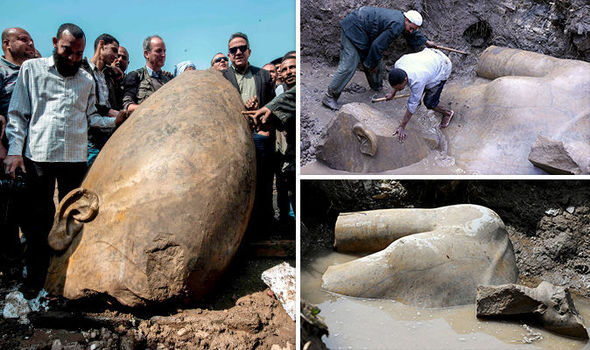
The Discovery
The statue, remarkably well-preserved, was discovered submerged in groundwater near the ruins of Ramses II’s temple in Heliopolis, a renowned ancient city located in eastern Cairo. The statue’s intricate carvings and hieroglyphs provide invaluable clues about the pharaoh’s life, his reign, and the religious practices of his time.
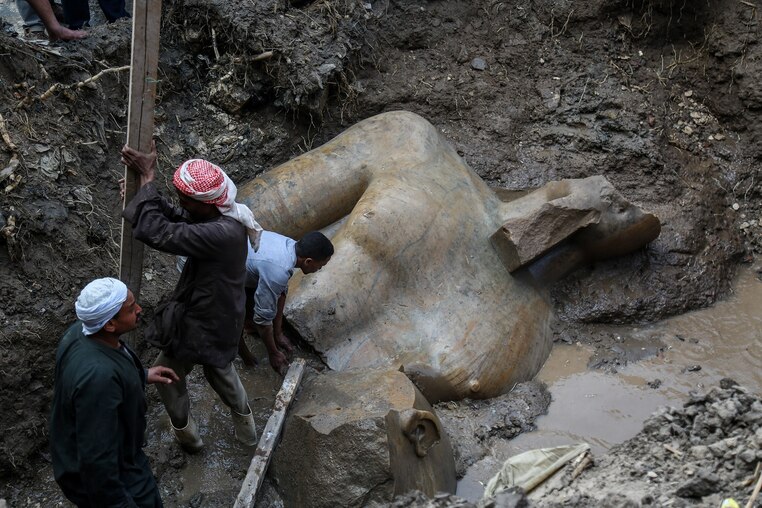
Ramses II: A Legendary Pharaoh
Ramses II, often referred to as the “Great Ramses,” ruled for 67 years during the 13th century BC. Renowned for his military conquests and extensive building projects, he is considered one of the most powerful and celebrated pharaohs of ancient Egypt. His reign is often regarded as the “Golden Age” of the Egyptian civilization.
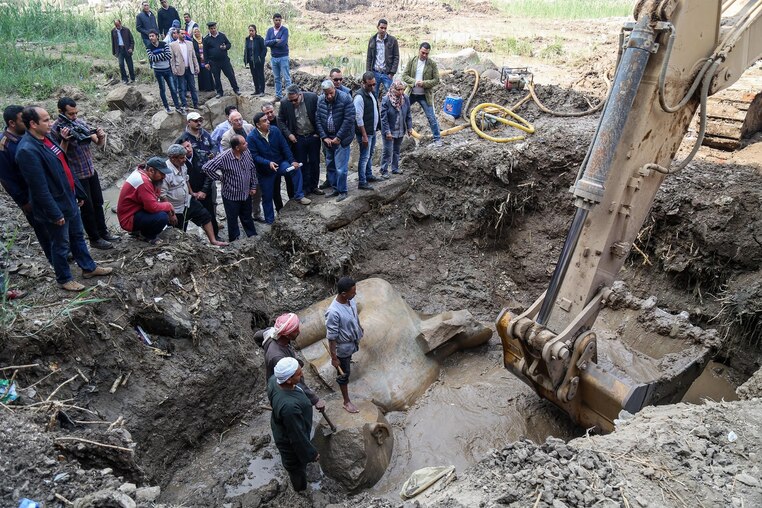
PHOTOGRAPH BY IBRAHIM RAMADAN, ANADOLU AGENCY, GETTY IMAGES
Significance of the Discovery
The discovery of this colossal statue holds immense historical significance. It not only confirms the existence of Ramses II’s temple in Heliopolis but also offers tangible evidence of the pharaoh’s grandeur and the opulence of his court. The statue’s location near the temple suggests that it was likely a central part of the religious complex, serving as a symbol of the pharaoh’s divine authority.

PHOTOGRAPH BY KHALED DESOUKI, AFP, GETTY IMAGES
Challenges and Preserving the Statue
Excavating the statue from the densely populated slum presented significant challenges. The team of archaeologists had to navigate through narrow streets, avoid damaging nearby structures, and carefully extract the statue from the groundwater. Once retrieved, the statue underwent extensive preservation measures to protect it from the elements and ensure its long-term survival.
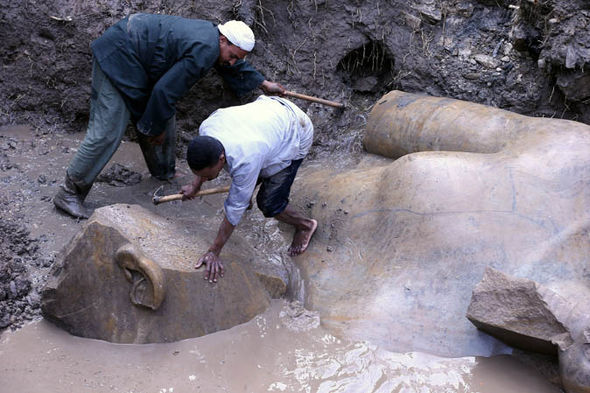
A Testament to Egypt’s Rich History
The discovery of the Ramses II statue is a testament to the enduring fascination with ancient Egypt and its rich cultural heritage. It serves as a reminder of the incredible achievements of the ancient Egyptians and their ability to create monumental works of art and architecture that continue to captivate and inspire us today.

For I am Ozymandias, king of kings. Look upon my works, ye mighty, and despair!
Likely faces were mutilated, as were noses on many findings.
More than floods broke and covered these artifacts. When known and identified, the truth of war, conquering and hiding of truth/facts will be revealed.